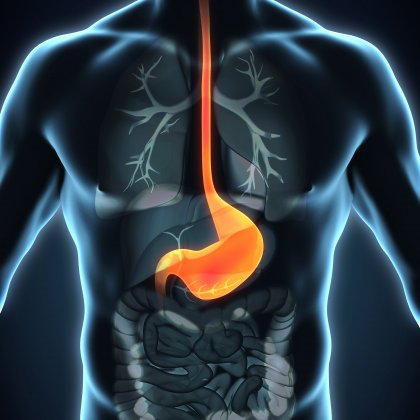
International research has found some patients with oesophageal cancer should receive a combination of treatments, due to multiple genetic changes or mutations contributing to their disease.
The University of Queensland and QIMR Berghofer Medical Research Institute collaborated on the study led by Cancer Research UK and the International Cancer Genome Consortium.
The study identified three distinct genetic sub-groups of oesophagael adenocarcinoma, the sixth most common cause of cancer-related deaths worldwide.
Professor Andrew Barbour from UQ’s Surgical Oncology Group said the study reinforces the need for a more precise approach to diagnosing and treating oesophageal cancer.
“DNA sequence information could help streamline patients into the most appropriate treatment based on the genetic signature of their disease,” Professor Barbour said.
“It would mean we are giving the best treatment to the right patient, at the right time.
“By using a combination of treatments oncologists could target multiple drivers of the disease increasing the chance of making a difference.
“This could improve survival rates and reduce the stress and cost of putting patients through treatments that are not going to work.”
The incidence of oesophagael adenocarcinoma is increasing, particularly among obese men with reflux (heartburn) and a history of smoking.
Researchers used whole genome sequencing to analyse changes to or ‘scarring’ of genes which drive the cancer at a molecular level.
Dr Nic Waddell from the Medical Genomics Group at QIMR Berghofer said the findings suggested that the different sub-groups would respond to different treatments.
“The first sub-group is characterised by extensive DNA scarring and the inability of cells to repair damage,” Dr Waddell said.
“This sub-group accounts for 18 per cent of oesophageal cancer cases and is likely to respond to certain types of chemotherapy.
“About half of patients with oesophagael adenocarcinoma are in the second sub-group, which is characterised by a high rate of genetic mutations.
“This sub-group of patients could potentially be a target for immunotherapy treatments.
“The remainder of patients fall into the third category, but there is still a lot more work to be done to understand the best treatment options for these patients.”
While the research is still in the discovery stage, scientists say the expertise and technology is available to sequence the DNA of oesophageal cancer patients, for about the same cost as a PET scan.
The study is published in Nature Genetics.
Media: Professor Andrew Barbour, a.barbour@uq.edu.au , +61 7 344 38029. Kim Lyell, Faculty of Medicine, k.lyell@uq.edu.au, +61 7 33465214, 0427 530647.
.jpg)











